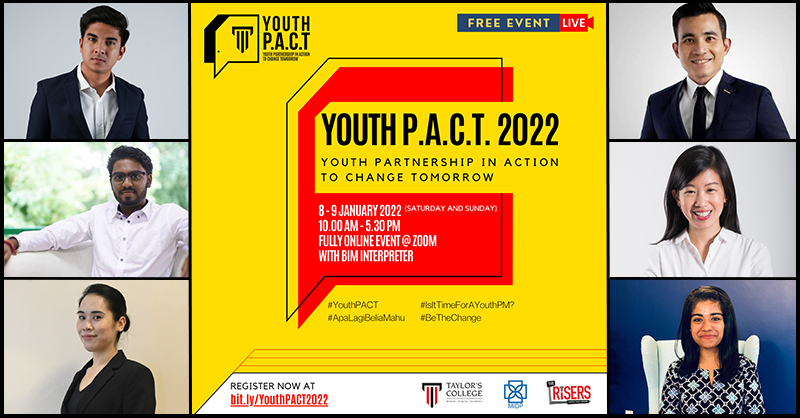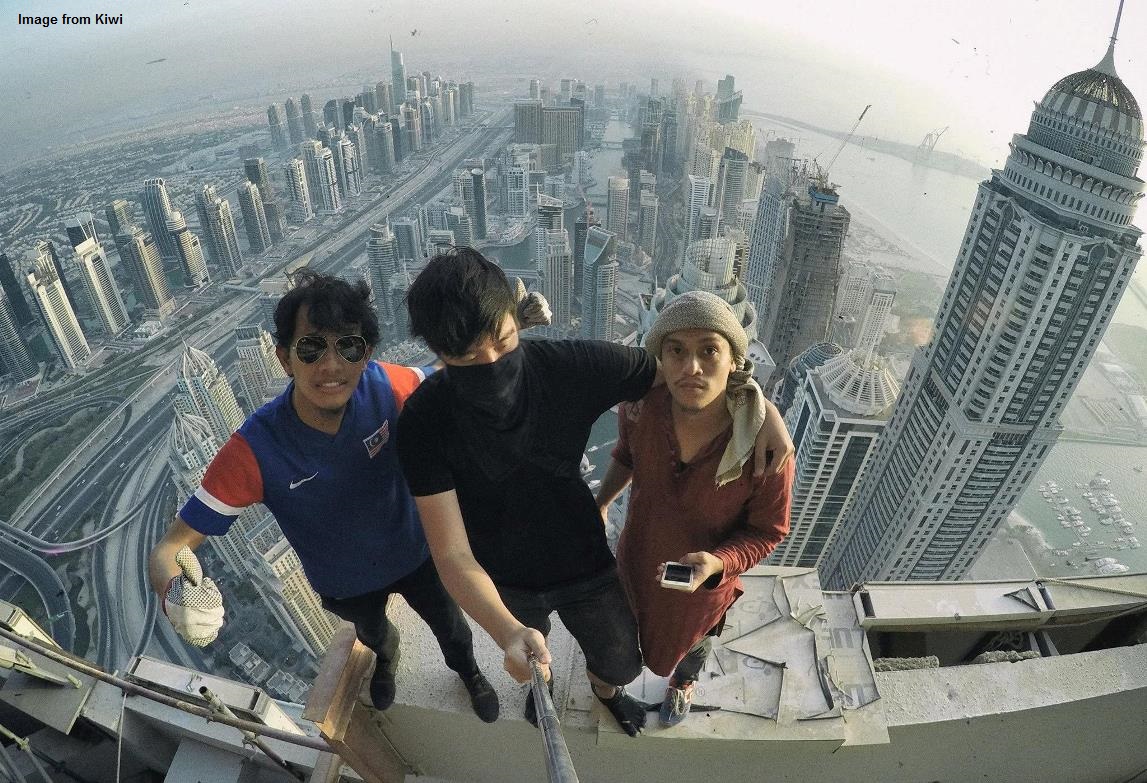Heartwarming photos of charitable Msians may be fake or staged. We look at poverty porn
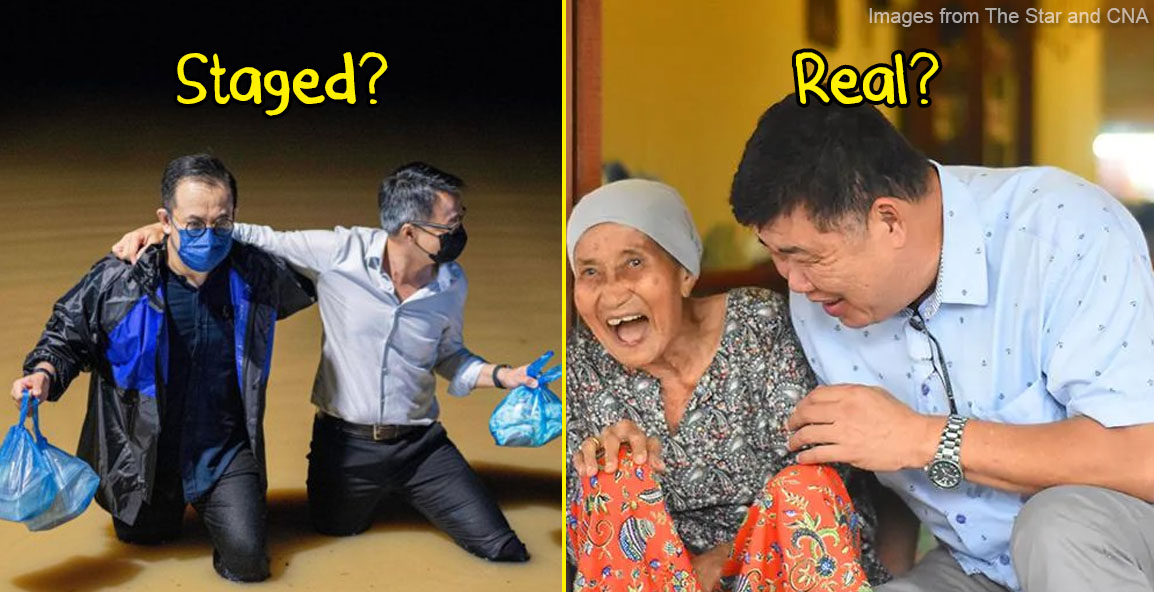
- 741Shares
- Facebook701
- Twitter7
- LinkedIn6
- Email9
- WhatsApp18
It’s usually pretty common to see pictures of politicians helping the poor and needy but, with social media nowadays, there have also been people who have become popular public figures thanks to their generosity towards their fellow Malaysians.
While these can be quite heartwarming, there’s also a really strange contrast if you’ve been to an event where politicians are giving out hampers or money to senior citizens or orphans… there’s this really awkward feeling when they’re stopping to pose for a picture with each and every one of them.
These pictures are beginning to not sit well with some people, and the photograph below is an example of that. Former Jelutong MP and photographer Jeff Ooi claimed in a Facebook post that some of these pictures were actually fake and staged.
Just in case you haven’t seen the photo above before, it features Bukit Mertajam MP, Steven Sim and Machang Bubok assemblyman, Lee Khai Loon who are helping those affected by the Bukit Mertajam flood.
Anyways, we can’t help but to wonder if the pictures we’ve seen online are real or staged. So, we decided to ask Jeff himself and photojournalist, Shamshahrin Shamsudin to help us review four images.
But before that, we wanna hear it from you first, so do take our polls below, k?
Ok, ready to hear what our photographer and photojournalist have to say?

The images are… SEMI-STAGED

“The pictures might be semi-staged, meaning the subjects in the pictures know that their pictures will be taken and know how to behave in front of the camera.” – Shamshahrin to CILISOS.
Every image tells a story, which is why Shamshahrin believes that these images are used as propaganda. But by whom, you may ask? Anyone – politicians, NGOs and even regular Malaysians!
Ok, we get what you’re thinking. Isn’t propaganda a bad thing? Well, it kinda depends on how you use it. In general, Shamshahrin shares that these images are used to spread information but essentially, it all boils down to your intentions.
Some people may use images that appeal to our human’s emotions to create awareness for a certain cause, so that more people can help those in need. Meanwhile, others may use it as a political strategy.
“Using these images is a form of a mature political strategy. However, very few politicians are using this kind of approach.” – Shamshahrin.
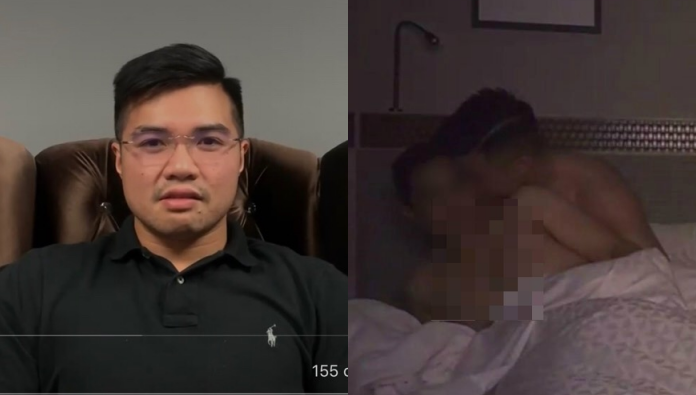
On the other hand, Jeff begged to differ. He believes that these images are in close proximity to being poverty porn. If this is the first time you’re hearing the term, it’s basically when you use poor people to gain a certain benefit – driving up media sales, increasing donations, gaining votes, self-gratification or even getting more likes on social media.
Shamshahrin said that poverty porn perpetrators usually use poor people without helping them at all! For instance, if you’re a photographer, this could mean using poor people for your Instagram feed or portfolio ✨aesthetics ✨.
However, it’s noteworthy that some perpetrators do help the needy… but ngam ngam only la because they’re doing it for the gram like this…
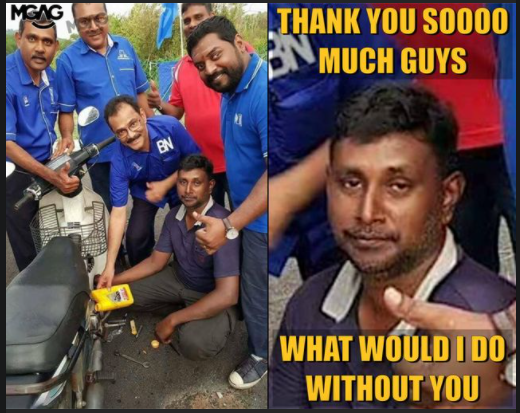
Hol’ up. Does this mean you can’t take a picture of yourself helping those in need at all??
Recording charity is not wrong. But don’t overdo it
We get how, in this day and age, if you claim to do something without posting it online, people won’t believe you actually do it – or in simpler terms ‘Pics or it didn’t happen’. Having said that, both Jeff and Shamshahrin did mention that recording charity is not wrong.
“It’s not wrong if it’s recorded by, let’s say, the traditional mainstream media, print and online, but credited.” – Jeff to CILISOS.
However, just as with every other aspect of life, overdoing it can actually cause a setback to you and your intentions of doing charity in the first place. Shamshahrin tells us that, unfortunately, a lot of people including Steven Sim and Ustaz Ebit Lew sometimes crossed the line by posting waaaayyyyy too many images of them doing charity.

“Every public figure who uses images like this as a propaganda tool has to be careful not to overdo it to avoid any setback on them and their causes.” – Shamshahrin.
So, how can you show your charity work without becoming committing poverty porn? Jeff says one way to do it is by placing the charity recipient as the main subject of the image.
You can also show the ‘before’ and ‘after’ images in the span of six months, for instance, as evidence of how you’re helping the needy.
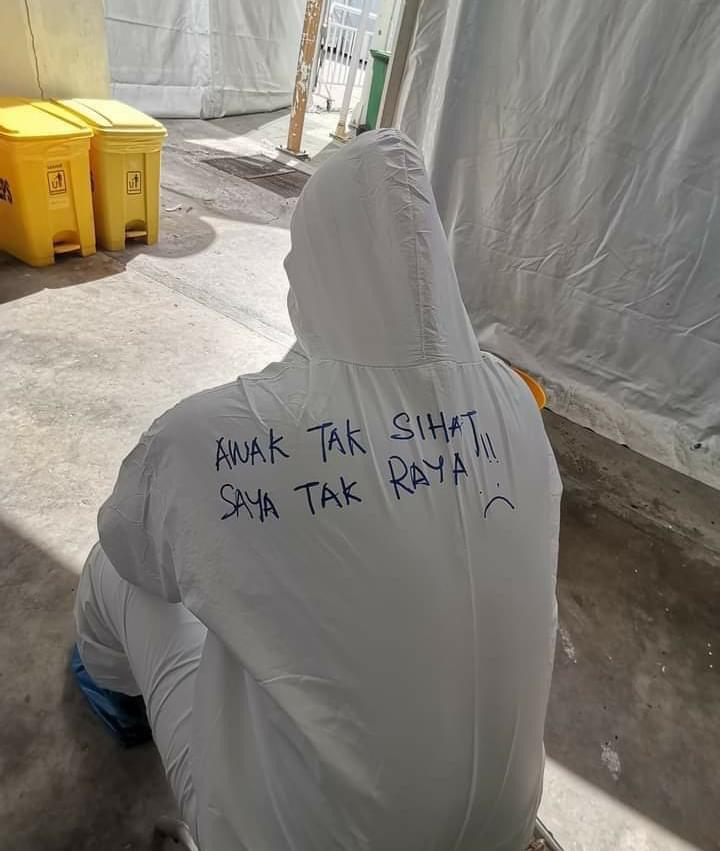
But let’s be real – there is no hard rule to distinguish between images portraying charity and poverty porn or propaganda.
Thankfully, though, both Jeff and Shamshahrin did tell us how to spot a staged image. Here are some things you can look for…
- Image looks like a wedding picture a bit too good to be true (like having really nice lighting at night, or no trickles of water when you’re in the middle of a flood),
- Look at the caption or texts that comes with the images,
- Find out who is posting these images and what role do they play in the community, and
- Observe if they’re overdoing it (it might be a red flag if you notice this)
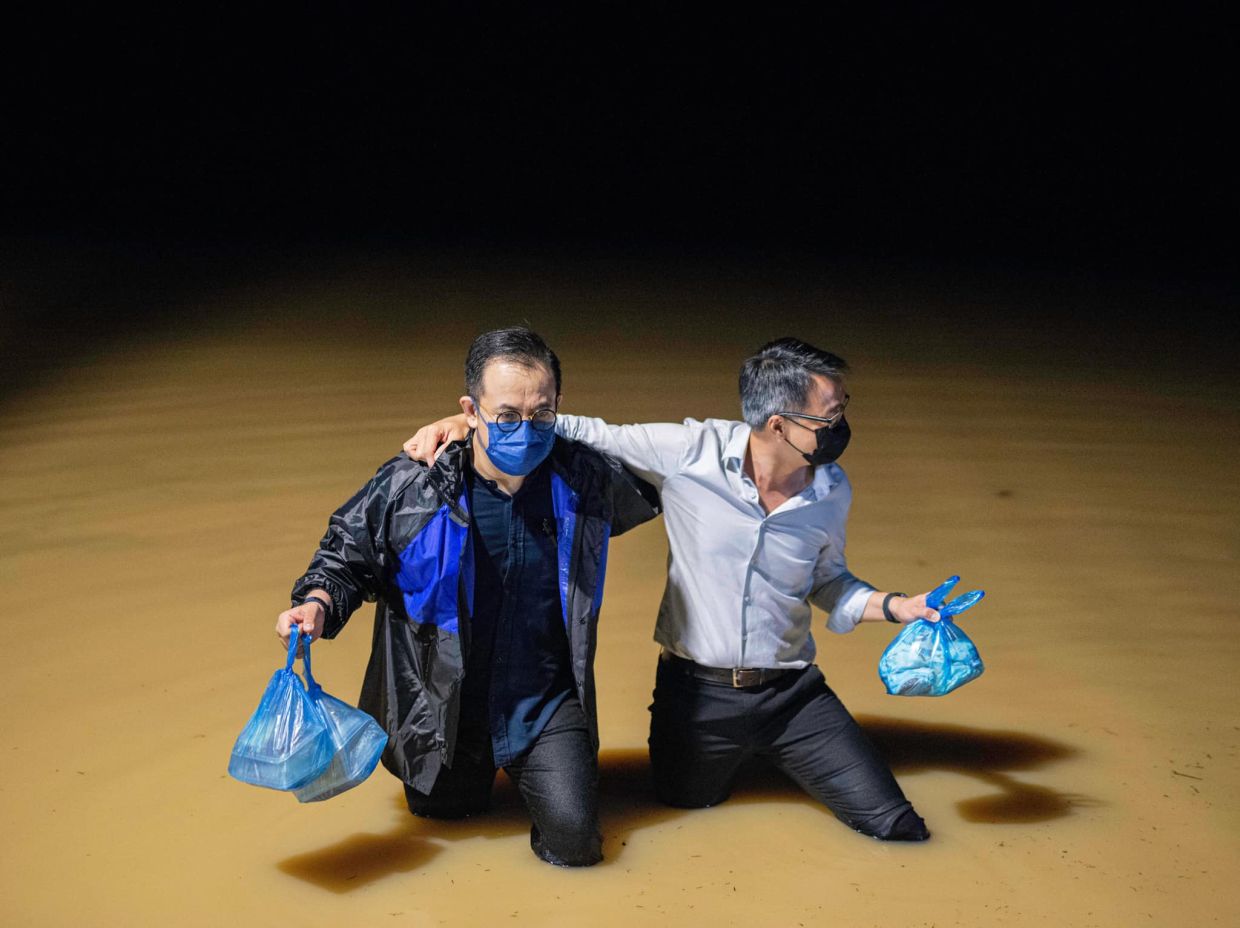
Don’t worry if you can’t spot the things we listed, though, because…
“Often, put under a microscopic study, a poverty porn peddler will show many a Freudian slip.” – Jeff.
Jeff and Shamshahrin share that your best bet would be to trust your instinct. And it definitely helps to be skeptical of what you see online.
- 741Shares
- Facebook701
- Twitter7
- LinkedIn6
- Email9
- WhatsApp18

